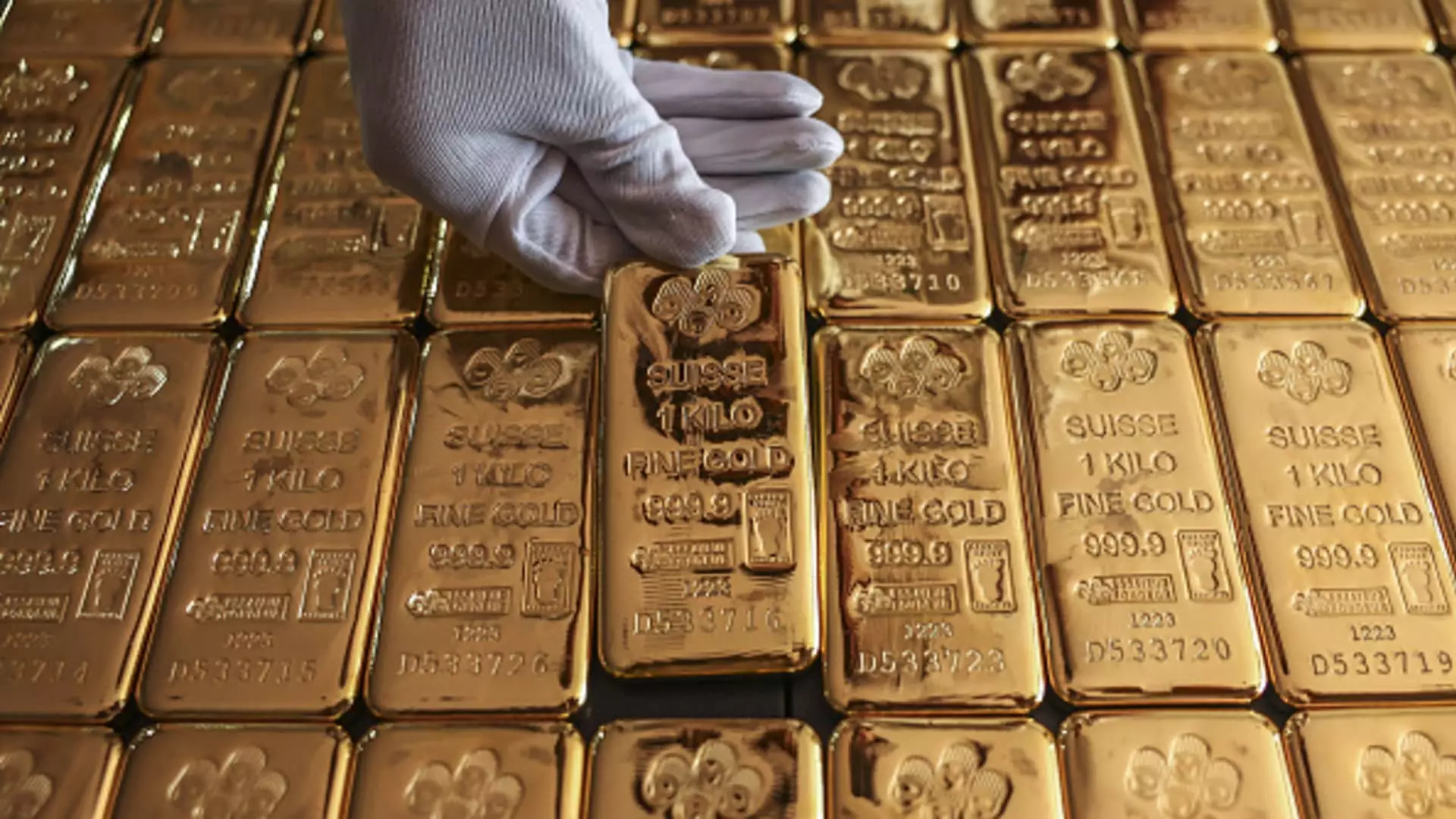As the landscape of investment continues to evolve, gold stands resilient as a favored asset, attracting a diverse range of investors. George Milling-Stanley, a notable figure in this realm and the visionary behind the first gold-tracking exchange-traded fund (ETF) — the SPDR Gold Shares ETF (GLD) — remains optimistic about the future of gold two decades after its inception. In a recent interview with CNBC’s “ETF Edge,” he expressed confidence in gold’s performance for the remainder of the year and the next, buoyed by rising demand not only from central banks but also from growing individual interest in emerging markets like India and China.
Milling-Stanley pointed out a critical factor influencing gold’s momentum: the strong appetite for the metal among central banks and retail investors. In countries where financial markets are still developing, the allure of gold is particularly profound. As these markets mature, individuals are increasingly turning to gold as a safe haven and a means of wealth preservation. This trend creates a powerful tailwind for gold prices and, consequently, for gold-backed ETFs, supporting the notion that the commodity is not merely a relic of the past, but a significant component of modern investment portfolios.
Despite a recent pullback in gold futures following the November elections, this dip has not significantly deflected gold’s upward trajectory throughout the year. The overarching trend highlights a market dynamic where exuberance for riskier assets, like stocks and cryptocurrencies, has surged. Milling-Stanley observed that this risk appetite—where investors chase higher returns—has partially overshadowed gold’s traditional role as a safe haven. Yet, as riskier assets fluctuate, the need for stability often draws investors back to gold, indicating a robust mechanism of demand for the metal as economic uncertainties loom.
Transformation in Commodity Investment
The launch of the GLD ETF marked a transformative moment in commodity investment, reshaping how investors engage with gold. Traditionally seen through the lens of jewelry and physical bullion, gold investments shifted dramatically towards ETFs and bullion holdings. This change reflects not just a shift in preference but a fundamental alteration in portfolio management strategies. Todd Sohn, an ETF and technical strategist, underscores that GLD democratized access to gold investments, allowing all types of investors to include gold as a diversified asset in their portfolios. With GLD appreciating 451% since its creation, it is evident that this innovation has paved the way for a broader acceptance and utilization of gold as an investment vehicle.
As the investment landscape continues to shift towards more dynamic and increasingly uncertain environments, gold’s status remains fortified. The insights shared by figures like George Milling-Stanley not only highlight the resilience of gold but also affirm its evolving role in contemporary investment strategies. The convergence of growing demand from both institutional and individual investors, particularly in emerging markets, positions gold — and by extension, ETFs like GLD — as pivotal components of financial portfolios, reinforcing gold’s status as a timeless asset in the ever-changing financial universe.

Leave a Reply